Articles How to Improve Your Posture
As soon as we are born our bodies fight with gravity begins! Our postural muscles are active during crawling, sitting, standing and walking, this prevents us from falling in a heap on the floor. Please continue reading to learn how to improve your posture.

What Influences Posture?
Our posture is determined by multiple factors, change often requires a holistic approach.
- Emotions, our moods can strongly influence our posture. For instance, emotions of stress, anxiety and depression have a tendency to cause our bodies to hunch up.
- Pain, this changes the way we move. Imagine having an upset stomach, it’s very counter intuitive to want to stand tall.
- Activities, frequent activities such as sport and our occupations can result in adaptive changes in our musculo-skeletal system.
- Fatigue, like every other muscle in our bodies our postural muscles will eventually fatigue and lose their fight with gravity.
- High BMI, carrying excess weight makes our postural muscles have to work harder and fatigue more quickly.
- Weakness, weak postural muscles fatigue quickly, the good new is these muscles can be strengthened
- Habit, it is very easy to fall into bad postural habits. Being more aware of your body and making a conscious effort to correct your posture is required for long term change.
- Bone Structure, to a large extent our postures are determined by our bone structure. For instance, an 80 year old osteoporotic female is unlikely to be able to stand perfectly upright. It is possible however, to improve on what you have by stretching and strengthening the surrounding muscles, tendons and joints.

What is “Good Posture”?
There is a lack of consensus amongst researchers as to what “ideal” posture actually is. Many people think of this as standing perfectly upright. However for many of us, this position is extremely uncomfortable and creates excessive muscle tension and joint strain. We believe good posture should be a position where you can sit or stand comfortably with balanced muscle activity and no excessive joint strain. Everybody’s bone structures are different therefore, there is no one size fits all solution, the “ideal” posture will differ for everyone.
Please note, there is consensus amongst researchers to change our postures frequently. Staying in the same posture (ideal or not) for prolonged periods will eventually lead to pain an discomfort. Remember our bodies have been designed to move!
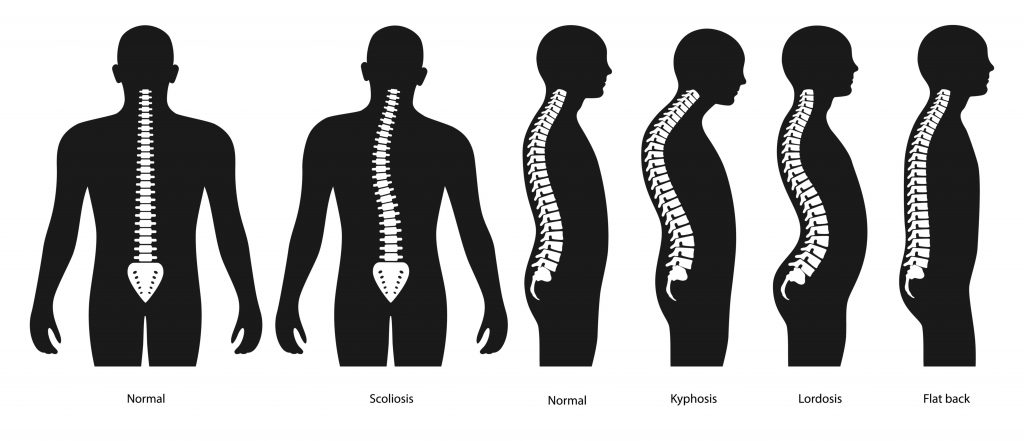
Benefits of Good Posture
- minimises strain on our muscles, tendons, ligaments and joints
- prevents adaptive shortening of our joints and muscles
- can help to reduce pain (i.e. lower back pain)
- enables our bodies to move more effectively and efficiently
- improved physical appearance
- can be perceived more positively by others (i.e. being confident, outgoing and strong)

What is Bad Posture?
To appreciate what bad posture is, stand as tall as you can, now completely relax off and let your shoulders and head droop. You may notice:
- bearing more weight on the balls and inside arches of your feet
- knocked kneed position
- flexed hips
- flexed upper and lower back
- hunched shoulders
- head forwards position
- resting position of your arms moves forwards
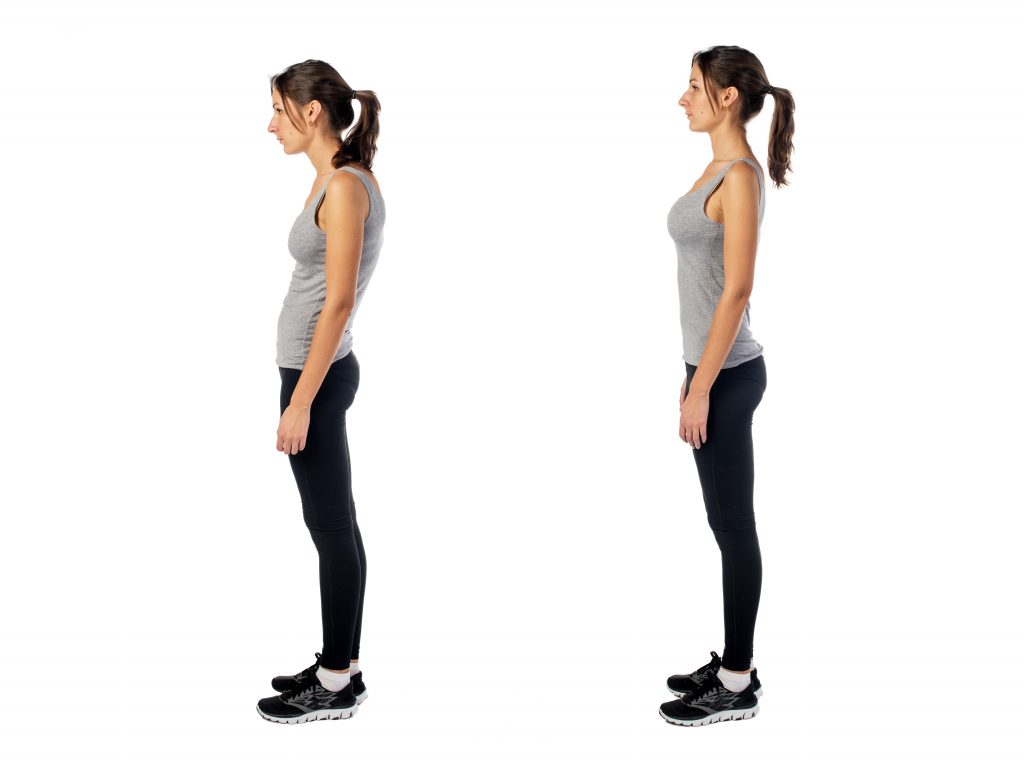
Things to Try to Improve Your Posture
- Orthotics, these can help by providing support for the inside arches of your feet, remember good posture starts from the ground up!
- Posture Braces, these can be used to take strain off muscles, joints and ligaments and to help make you more aware of your posture
- Lumbar Support, these can help to maintain the natural curvature of your lower back when sitting
- Taping, specific taping techniques can be used to take strain off muscles, ligaments and joints and to help make you more aware of your posture
- Review your work station set up at your desk
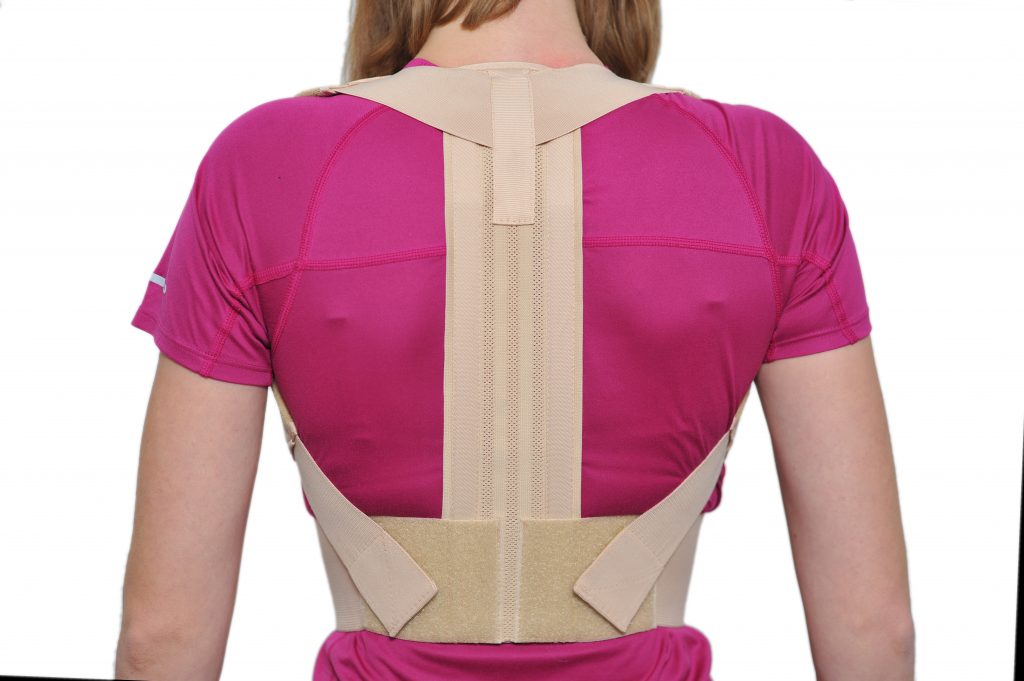
Exercises to Improve Your Posture?
A few basic examples have been provided below to get you started. Please note, it is always best to see a health professional to tailor an exercise program for your specific needs.
Stretches to Improve Your Posture
These exercises should be held for at least 20-30 seconds and done frequently through out the day.
Neck and Upper Shoulders
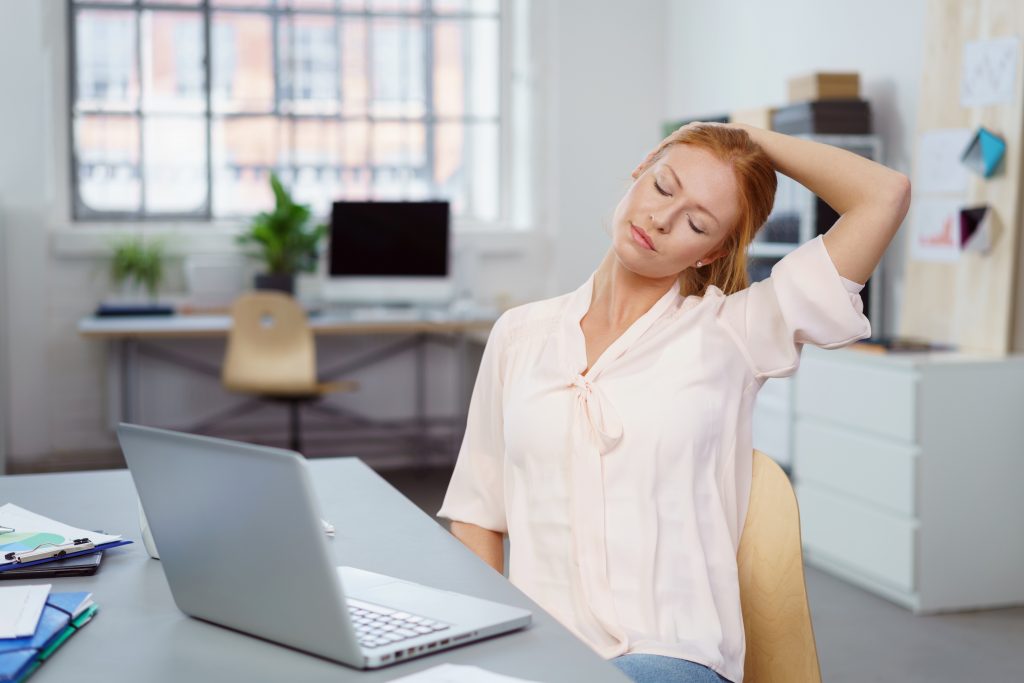
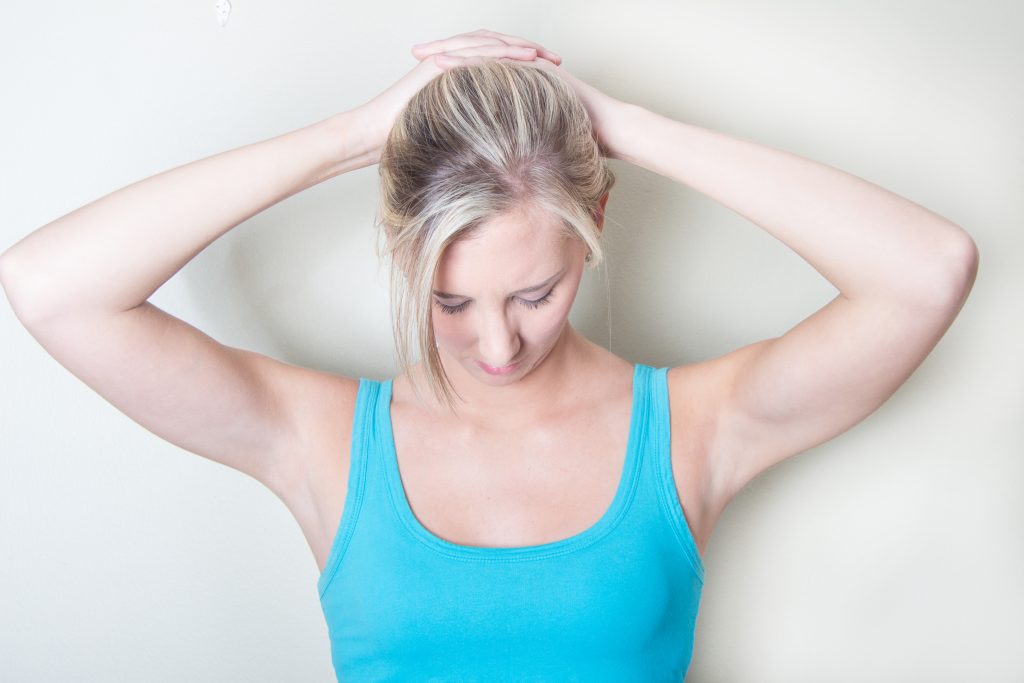
Chest and Upper Back

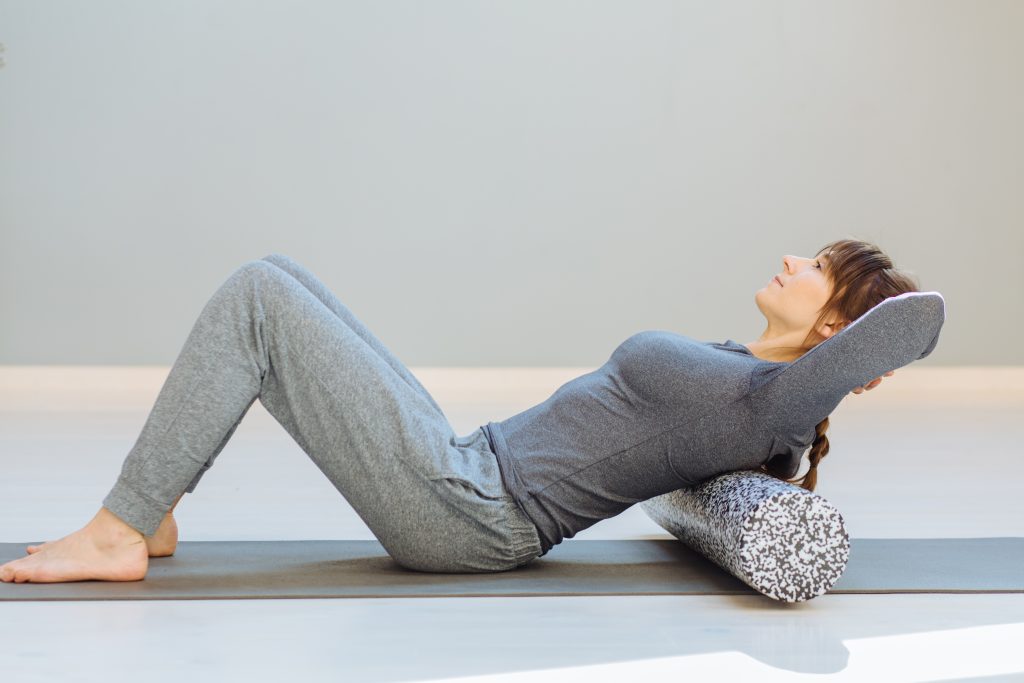
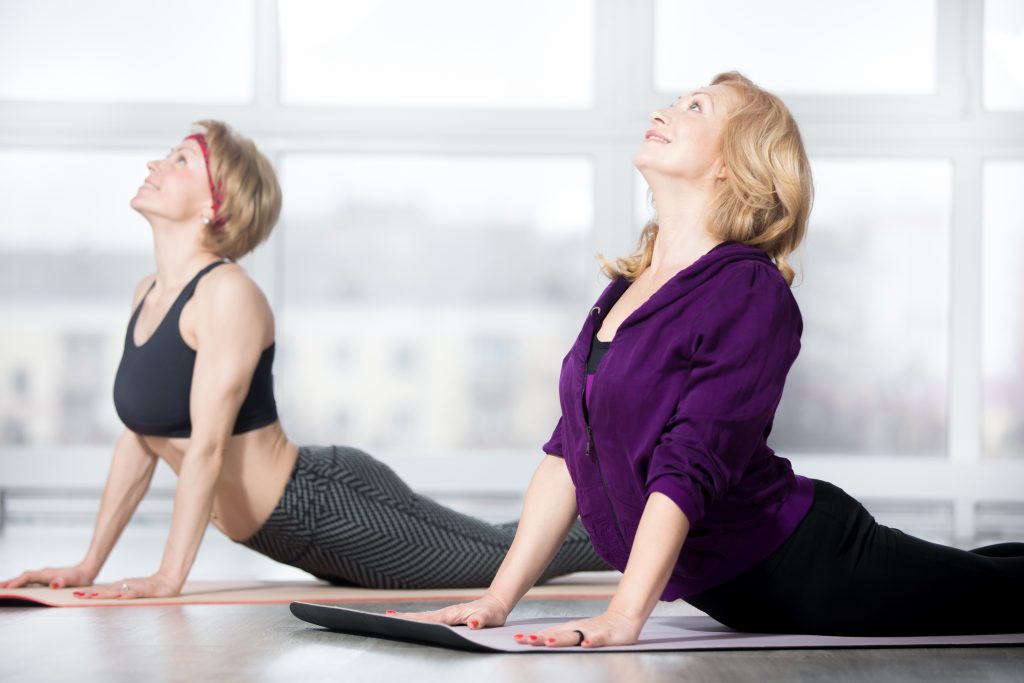
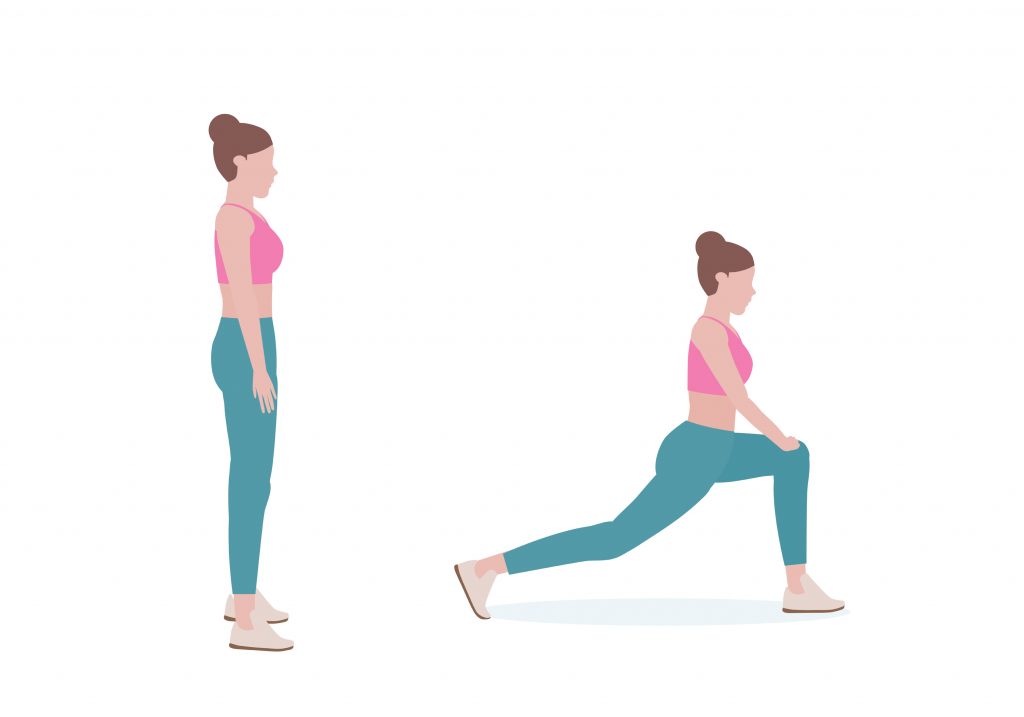
Strengthening to Improve Your Posture
These exercises should be done with a high amount of repetitions (approximately 20 repetitions per set) a couple of times per day. It is always best to start off small and GRADUALLY build up your repetitions, sets and weights over a period of time. All of the exercises below should be done while holding a scapula retraction (see image below).
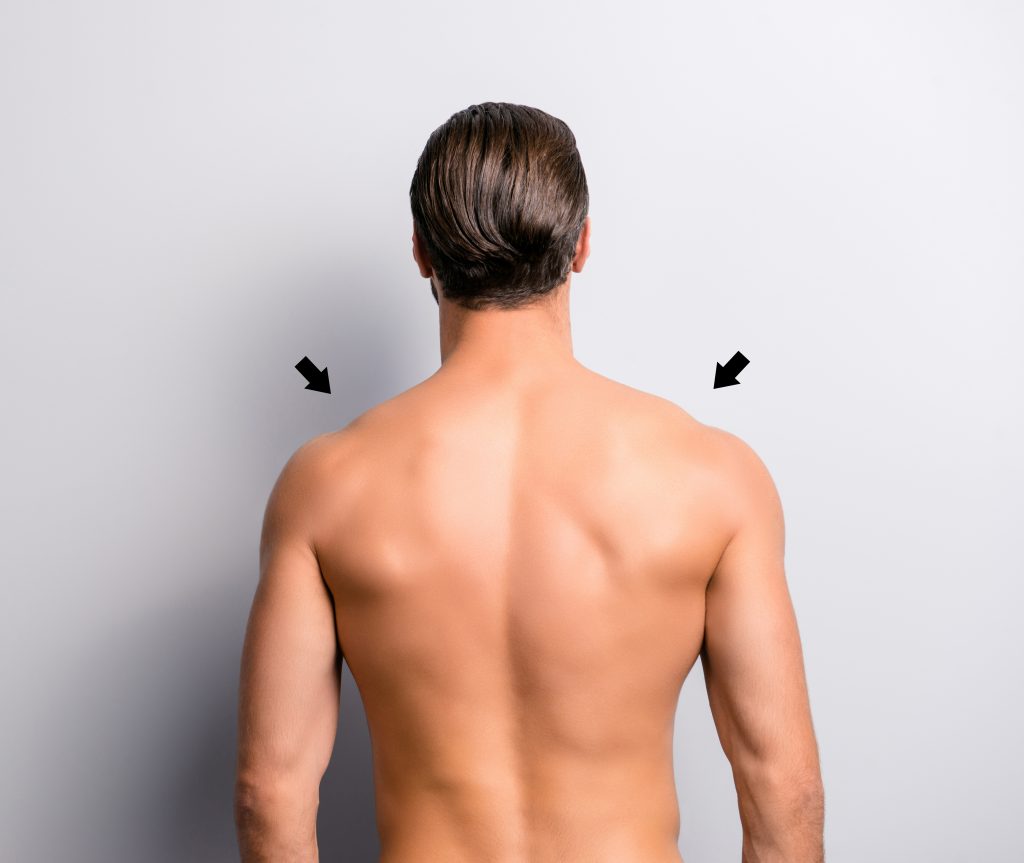
Lower Limbs and Hips
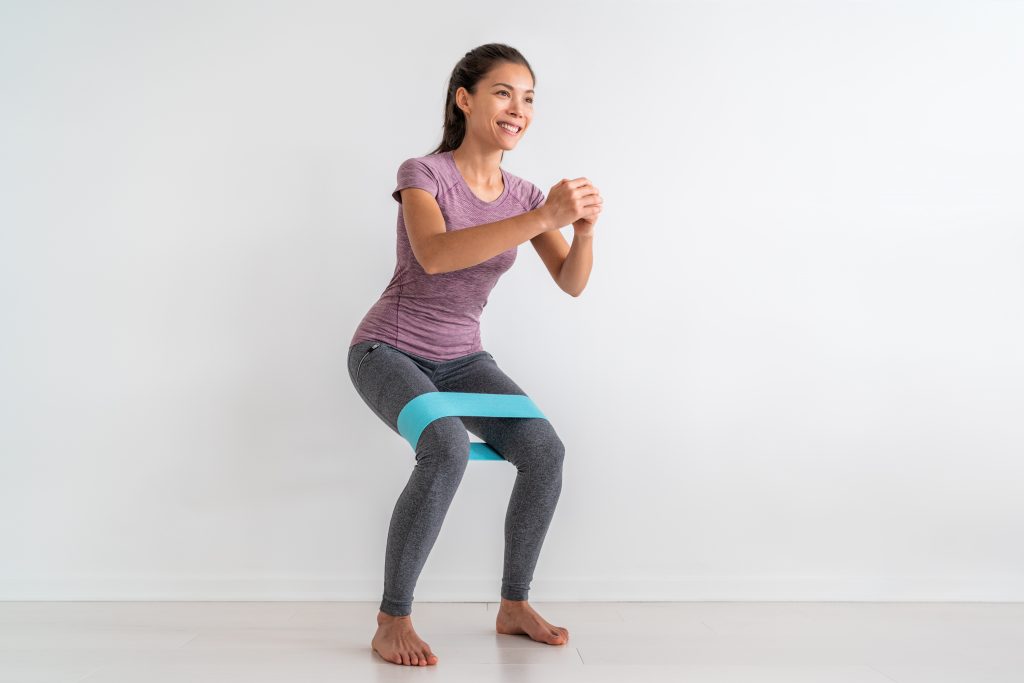
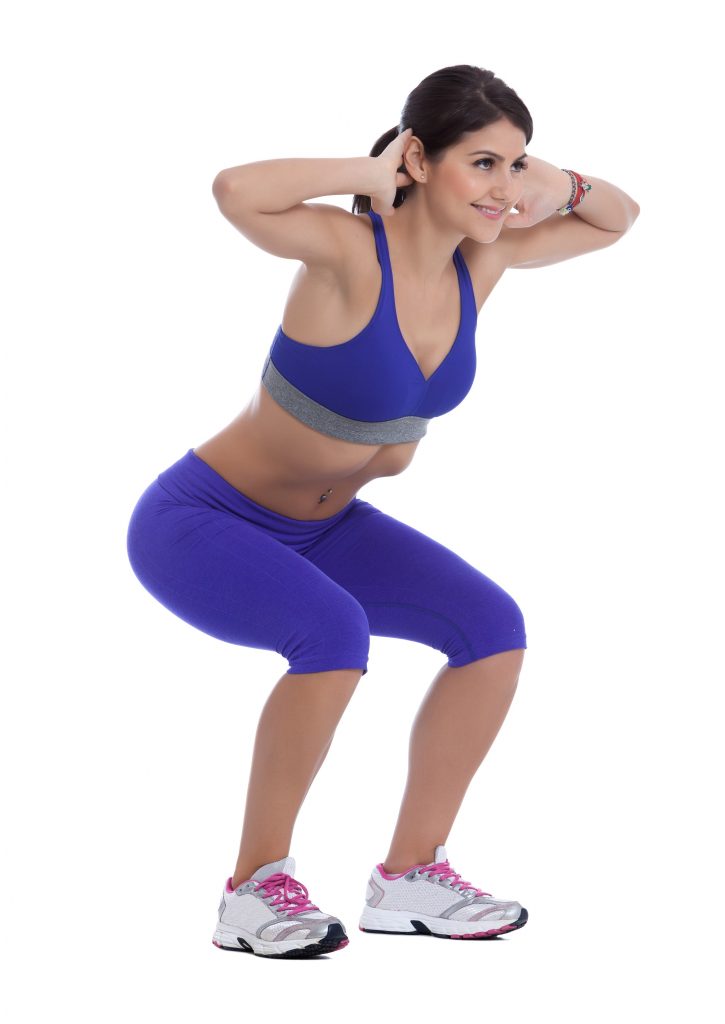
avoid being knock kneed

Upper Body

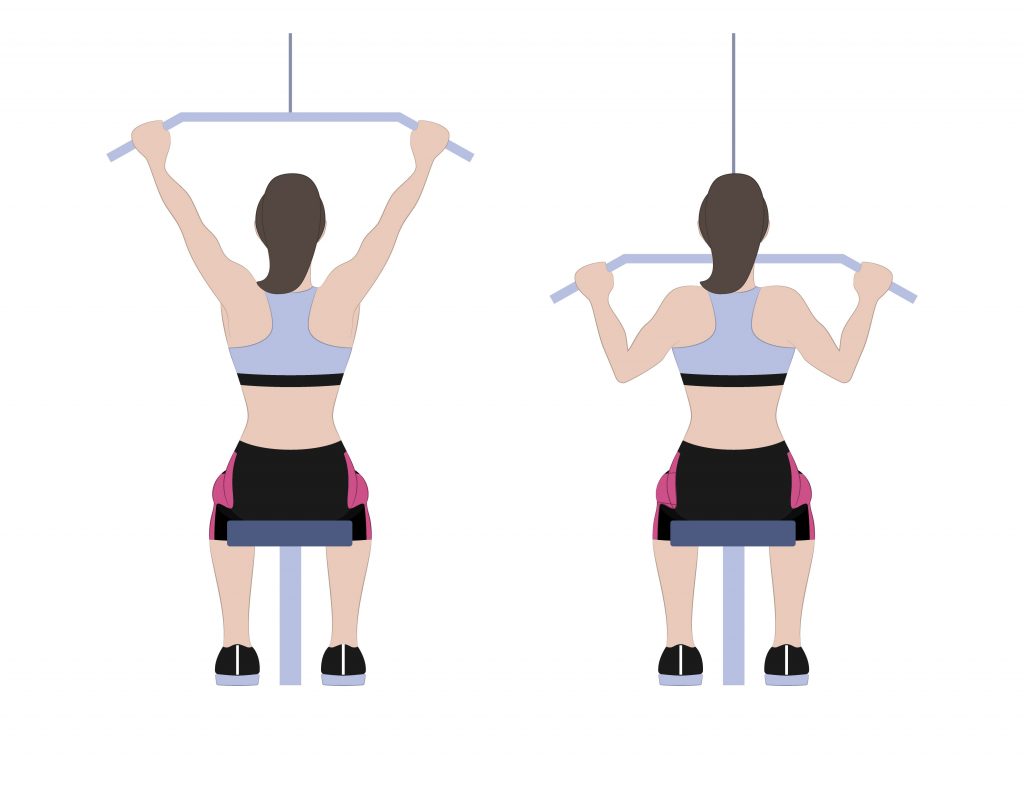
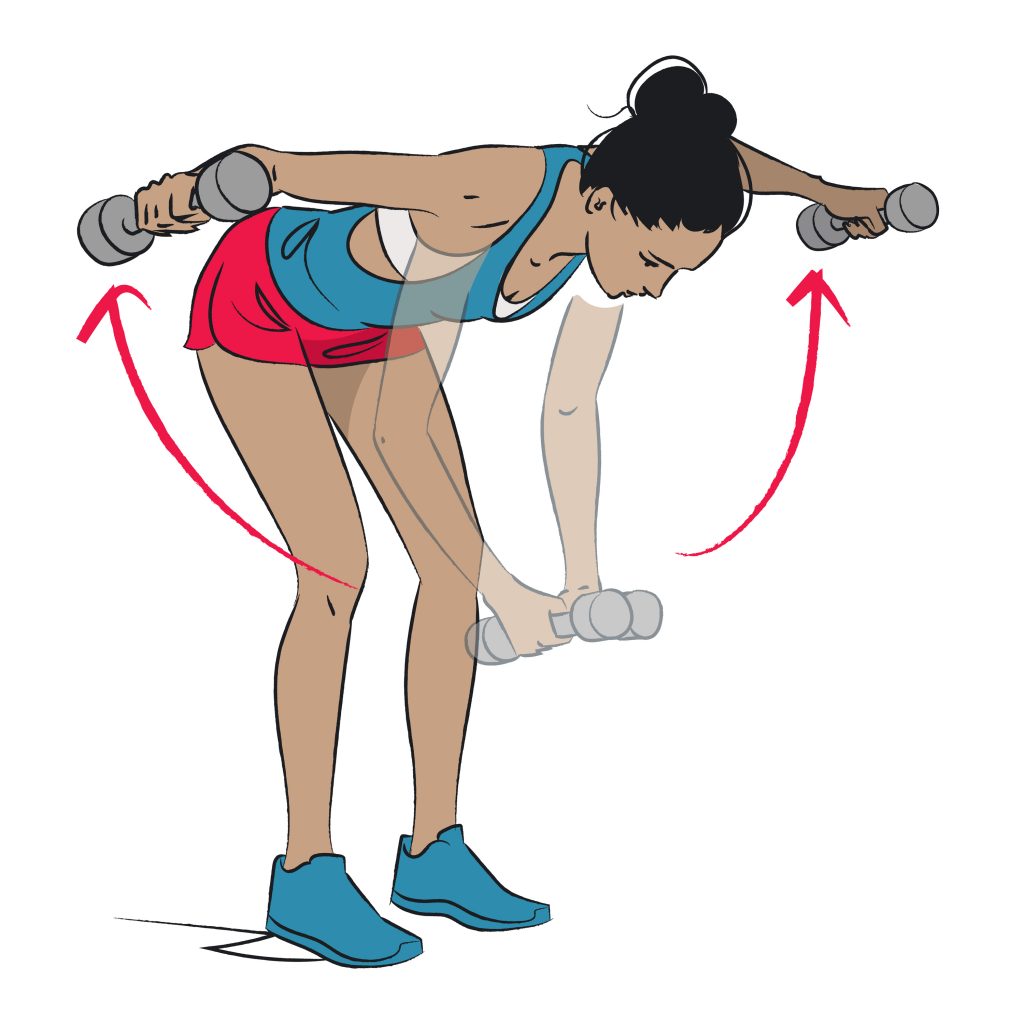
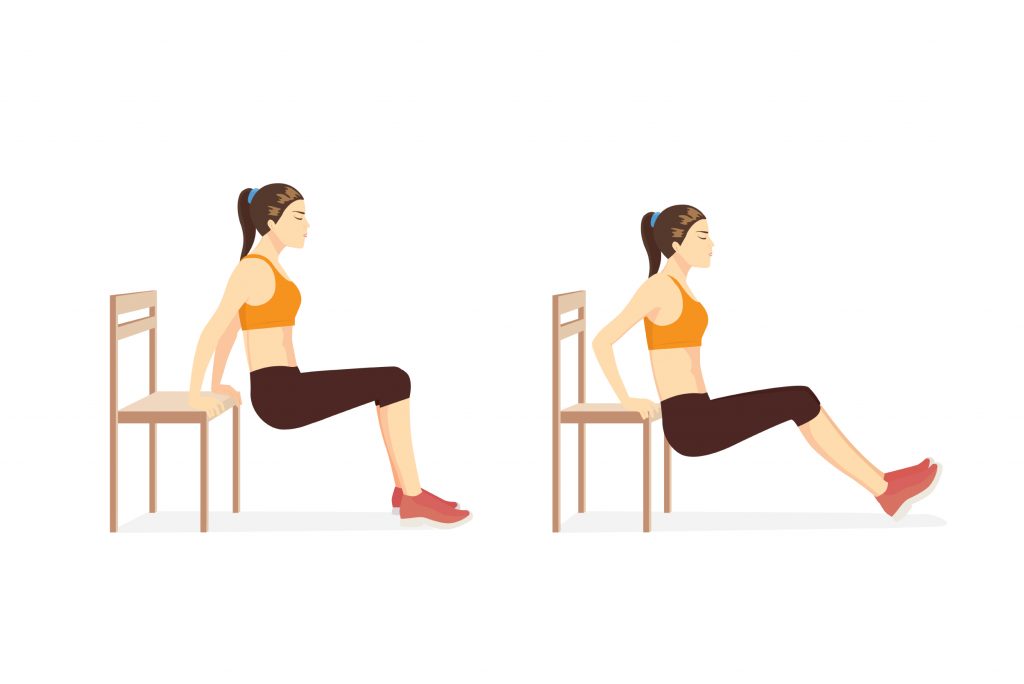
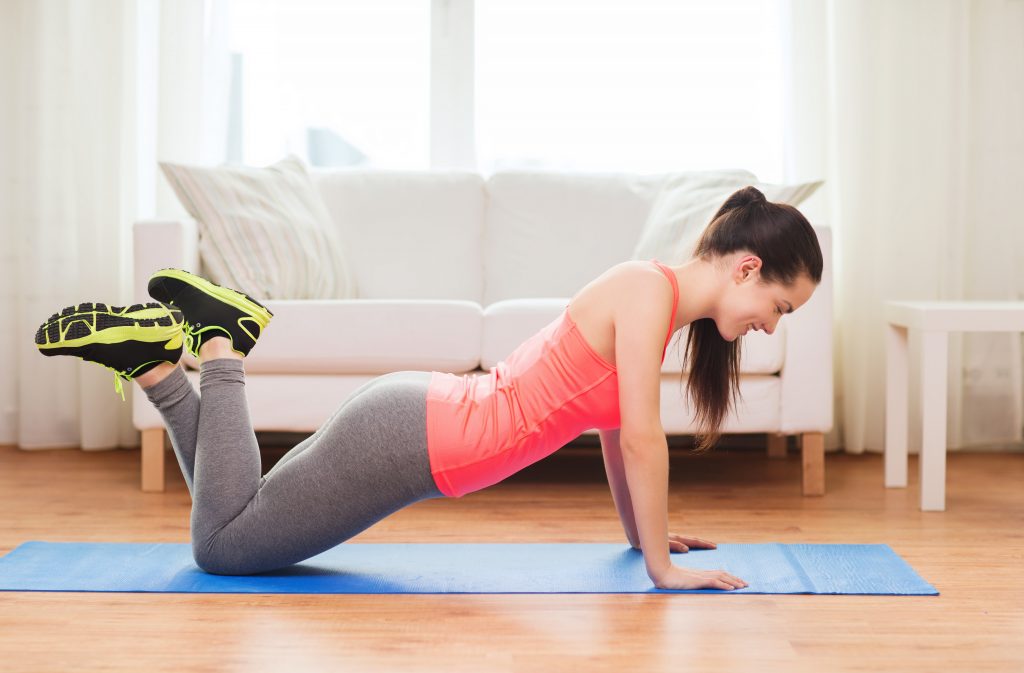
Not So Helpful Exercises
The below exercises are not so great for your posture as they encourage hunching.
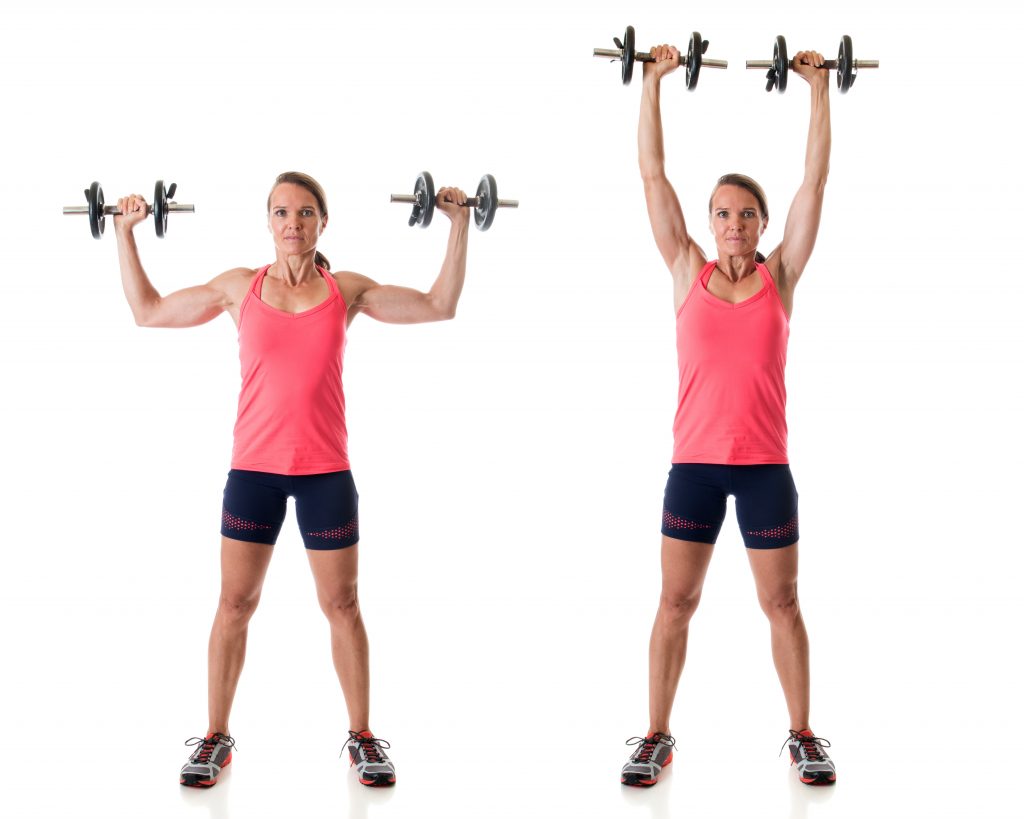

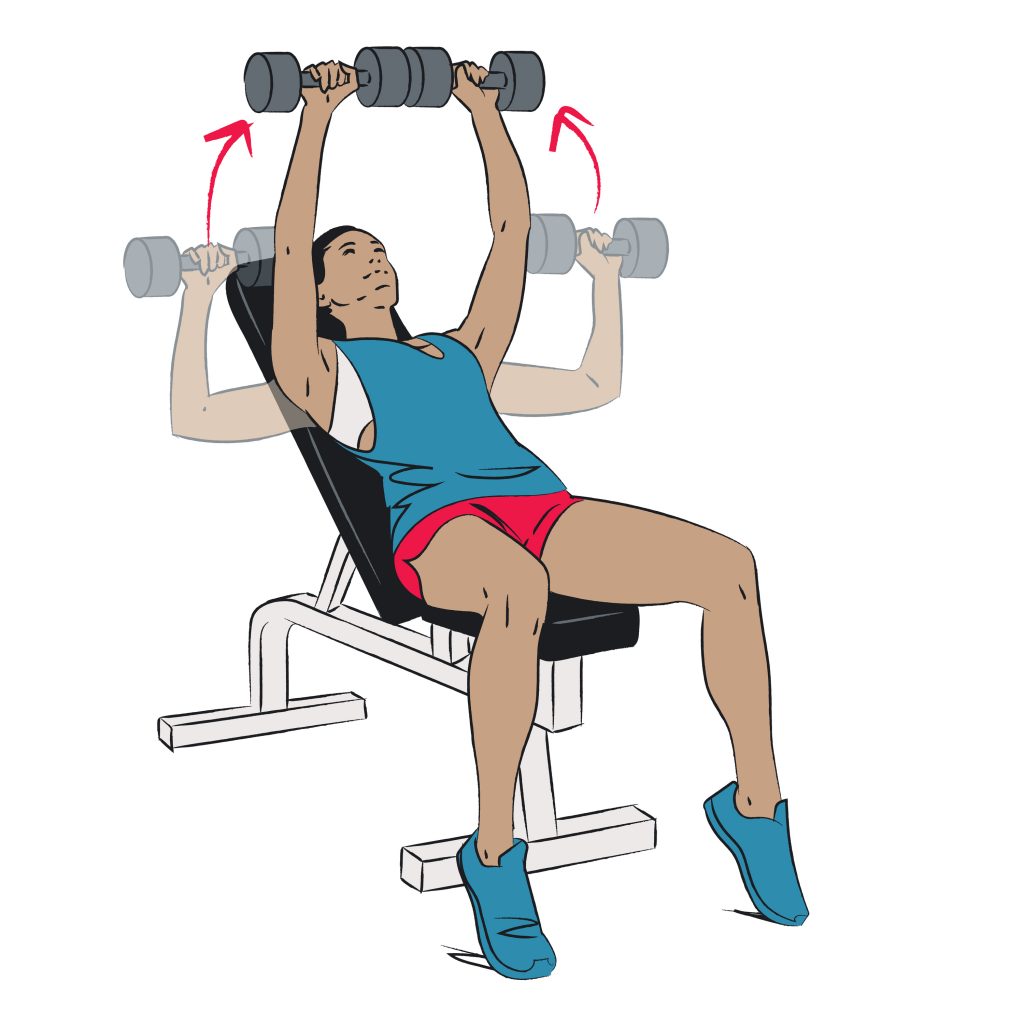
A Few Notes
- It is normal to have some discomfort and pain when commencing a new exercise routine
- Start off small and build up gradually
- Break up your exercises, don’t try to do everything on one day
- If any of the above exercises significantly exacerbate your symptoms please cease the exercise and seek advice from a health professional
Please keep in mind the information provided is general in nature and should not be used as a substitute to consult your treating health professional. If you have any specific questions or require assistance with your individual treatment requirements please do not hesitate to contact My Family Physio inside Myhealth Medical Centre, Mona Vale.
Related Articles